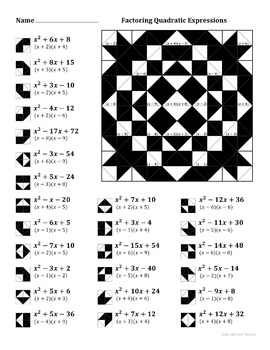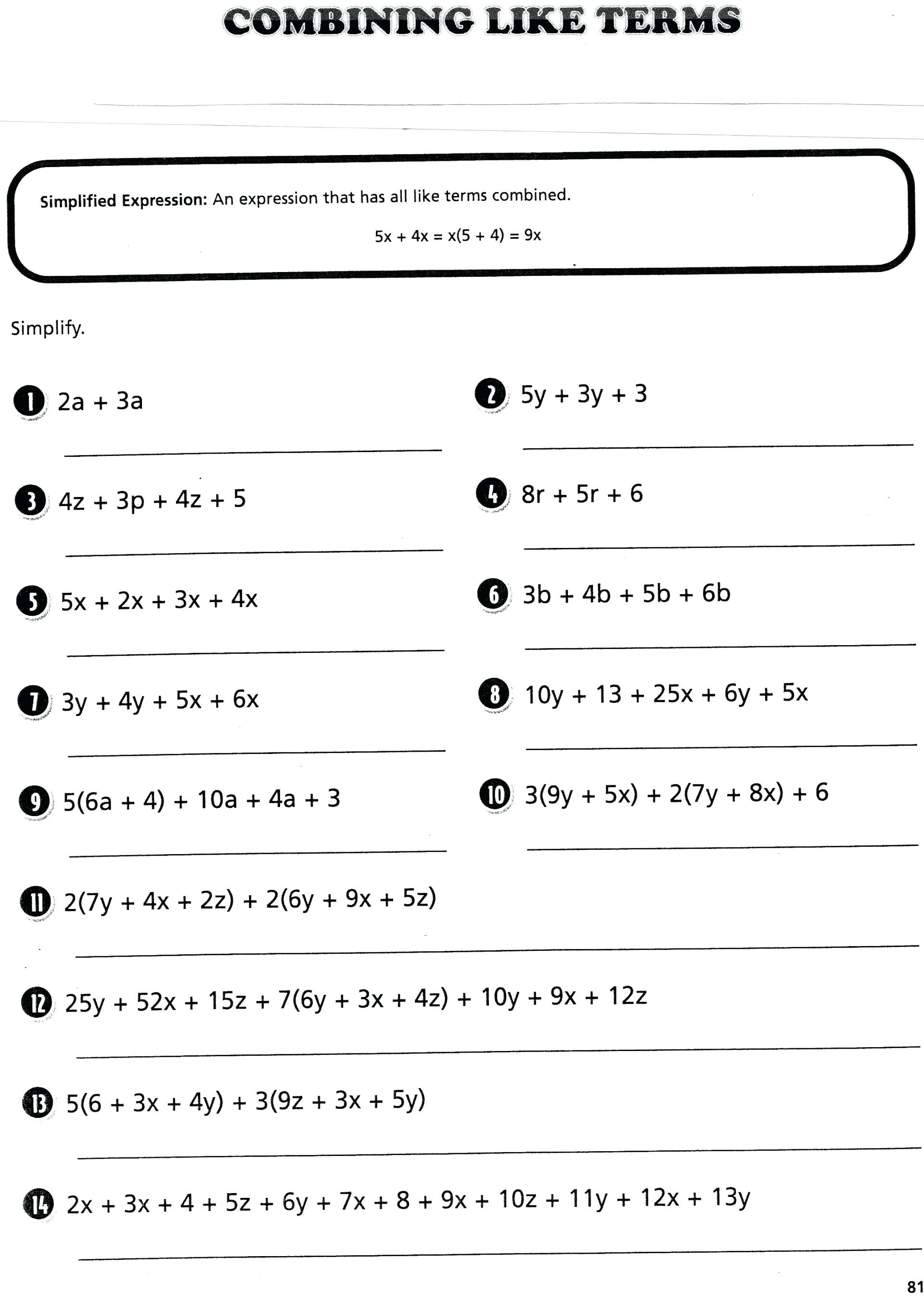

Multiplicand is the term that is multiplied. Multiplier is the term that is multiplied by. It is the second term.ĭifference is the result of the subtraction. Subtrahend is the term that is subtracted. Minuend is the term that is being subtracted from. It is the first term.Īddend is the term that is added. The basic arithmetic operators are the addition symbol, $+$, the subtraction symbol, $-$, the multiplication symbol, $*$, and the division symbol, $\div$Īugend is the term that is being added to. Some students may ask the reason for the discrepancy between "quadratic" and "quartic". Quartic implies that the exponent of the variable is 4 Quadratic implies that the exponent of the variable is 2Ĭubic implies that the exponent of the variable is 3 Generally, linear implies that the exponent of the variable is 1 Rational, fractional, radical, root, solution, zero, perfect square, prime trinomial etc. Quartic, exponent, index, power, degree, order, pentic, hexic, heptic, octic, absolute value,

Multiply, divide, expression, equation, equal, equality, inequality, linear, quadratic, cubic, Positive, negative, nonpositive, nonnegative, constant, number, variable, term, add, subtract, (you can ask students to list examples of quadrilaterals - Geometry!), etc.īring it to Math: arithmetic, arithmetic operators, sum, difference, product, quotient,Īugend, addend, minuend, subtrahend, multiplier, multiplicand, factor, dividend, divisor, These include: unity, bilateral, triangle, tetrahedral, quadrilaterals Penta = 5, hexa = 6, hepta = 7, octa = 8, nona = 9, deca = 10, hendeca = 11, dodeca = 12, etc.Īsk students to give examples of real-world scenarios where they have used any of the prefixes. Ask students about these terms.īring it to English: vary, constant, express, expression, equate, equal, equation,īring it to Physics: Prefixes: mono or uni = 1, di or bi = 2, tri = 3, tetra or quad = 4, (5.) Active participation through direct questioningĬheck for prior knowledge.

(3.) Interdisciplinary connections/applications (20.) Check the solutions of radical equations. (18.) Check the solutions of rational equations. (16.) Check the solutions of absolute value equations. (14.) Check the solutions of quadratic equations. (11.) Check the solutions of quadratic equations. (9.) Determine the nature of the roots of a quadratic equation. (7.) Check the solution of linear equations. (3.) Translate word problems from English to Math.


 0 kommentar(er)
0 kommentar(er)
